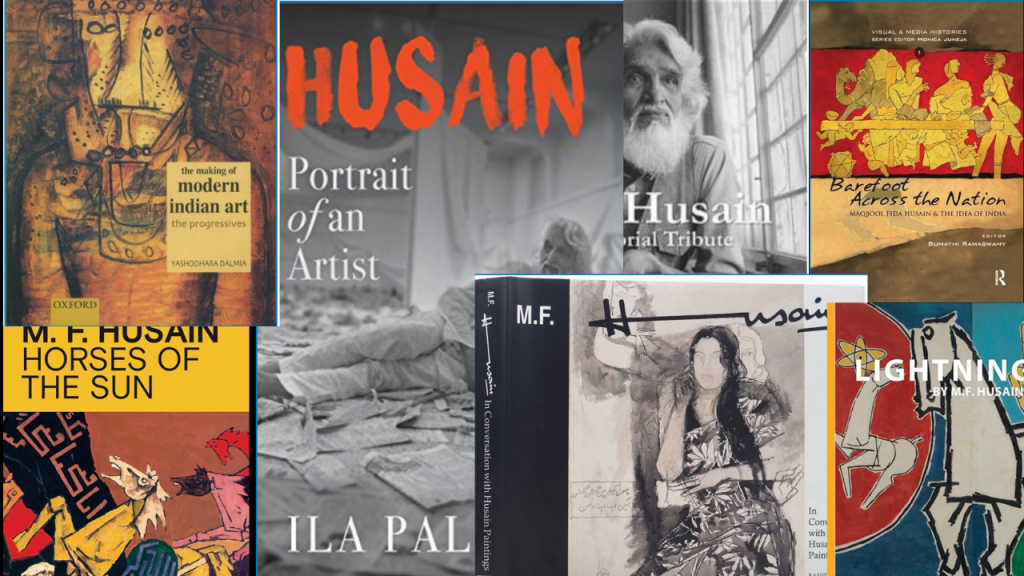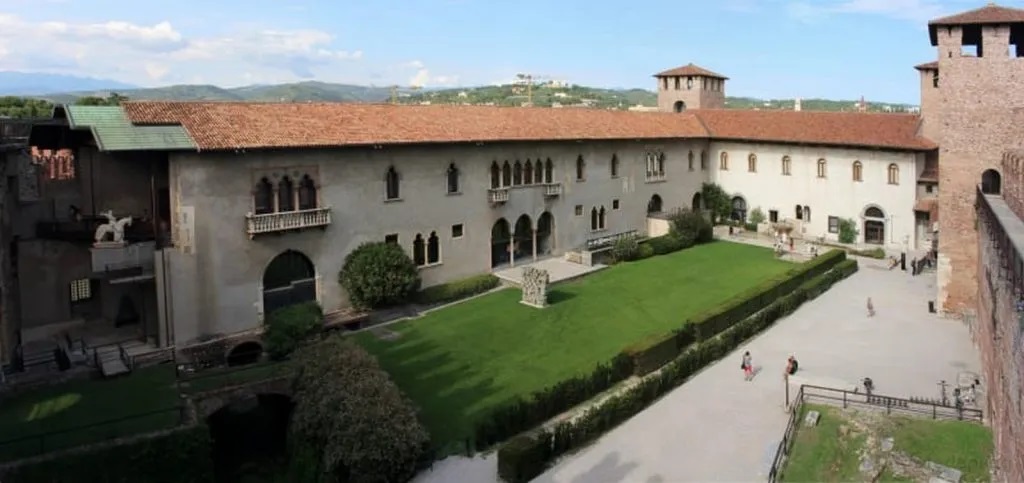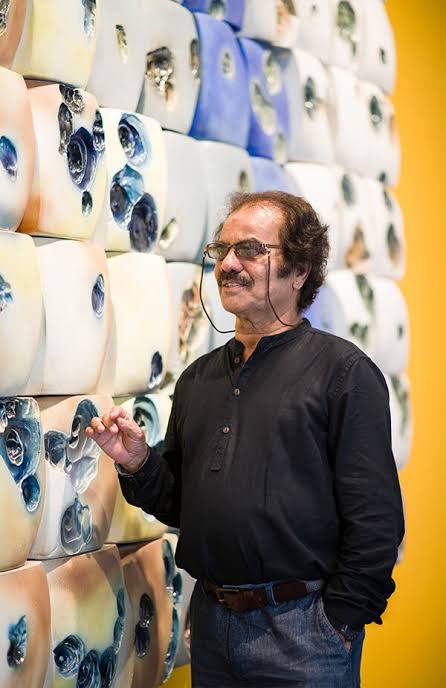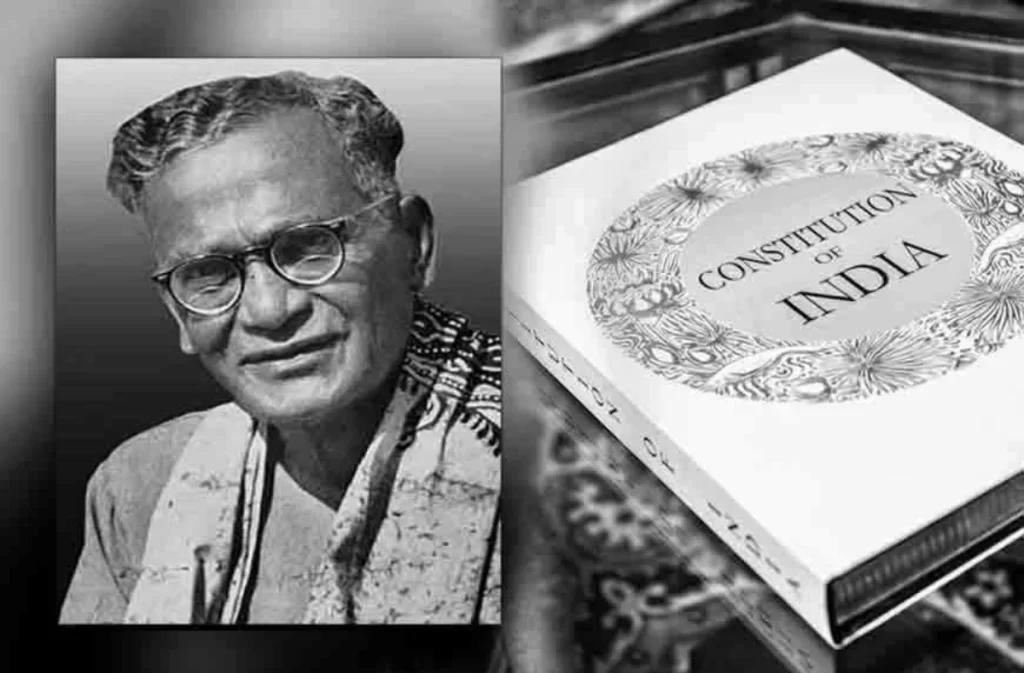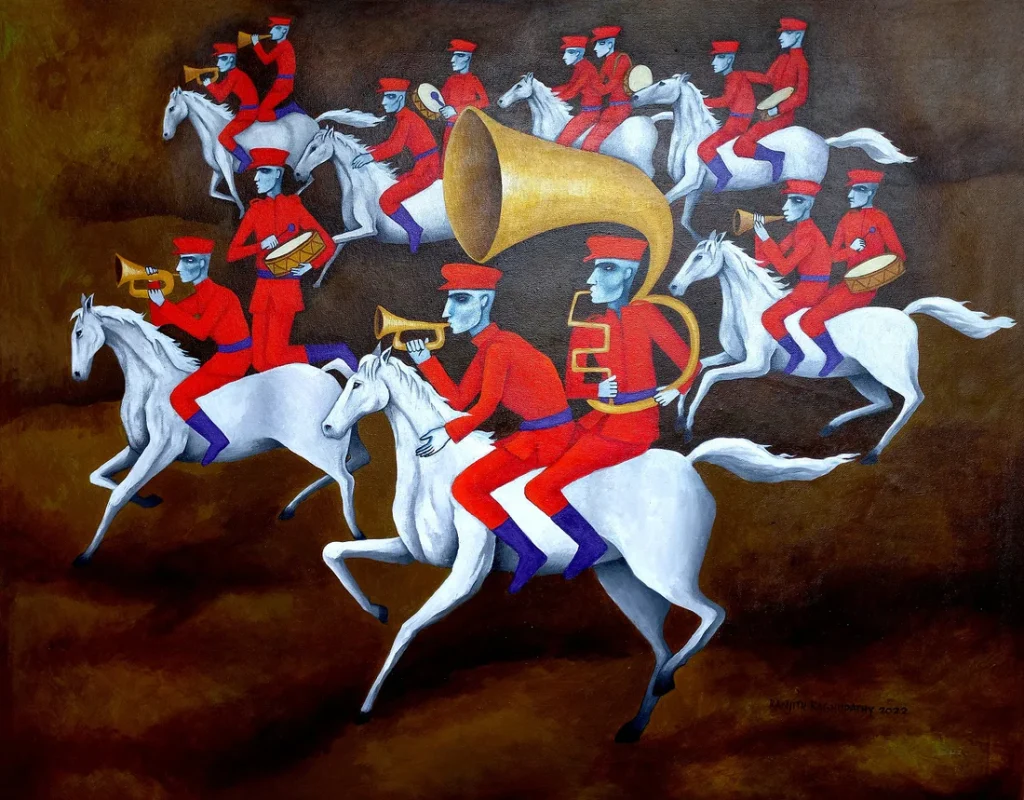11 Things You Didn’t Know About Francis Newton Souza
Introduction Francis Newton Souza, commonly known as F.N. Souza, was a prominent Indian artist who is widely considered as one of the most important figures of the modern Indian art movement. Souza’s early work was heavily influenced by European Modernism, particularly the work of the Expressionists and Surrealists. He is known for his bold and […]
11 Things You Didn’t Know About Francis Newton Souza Read More »




